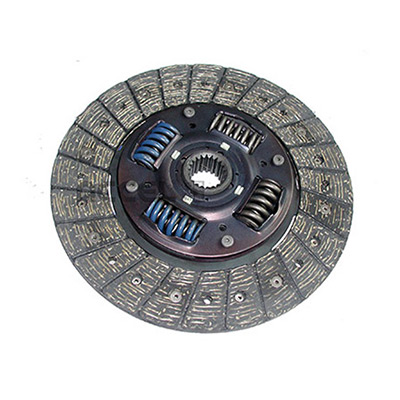Mobile:+86-311-808-126-83
Email:info@ydcastings.com
Durable Cast Iron Pump Housings for Enhanced Performance and Longevity
Cast Iron Pump Casing An Essential Component for Durability and Performance
Cast iron pump casings play a vital role in the world of fluid handling and transfer systems. Designed to house the internal components of pumps, these castings are engineered to withstand the rigors of various operational environments. Their durability, strength, and resistance to wear make them a preferred choice for manufacturers and engineers when constructing pumps for numerous applications.
The Importance of Material Selection
The choice of material is critical in the design and manufacturing of pump casings. Cast iron, particularly, is favored due to its superior structural integrity and ability to absorb vibrations. Unlike other materials, cast iron exhibits excellent fatigue resistance, which is essential for pumps that operate under continuous and heavy loads. The ability of cast iron to endure extreme temperatures and corrosive environments further enhances its appeal in various industries, including water supply, sewage treatment, chemical processing, and HVAC systems.
Manufacturing Process
The process of creating a cast iron pump casing involves several key steps. Initially, molten iron is poured into a mold that defines the shape of the casing. This includes highly precise specifications to ensure the final product fits well with the internal components of the pump. Once the iron cools and solidifies, the mold is removed, and any excess material is trimmed away.
Following casting, the pump casings often go through a machined process. This step is crucial to achieve the desired dimensions and surface finish. Machining ensures that any imperfections from the casting process are eliminated, leading to tight tolerances and a proper fit with other pump components such as impellers and seals.
Design Considerations
When designing a cast iron pump casing, engineers must consider several factors
. The impeller design, the operating pressure, and the type of fluid being handled all influence the casing’s shape and thickness. Ensuring adequate wall thickness is paramount to withstand the internal pressures while maintaining weight efficiency. Additionally, features such as inlet and outlet ports are strategically designed to minimize turbulence and maximize flow efficiency.cast iron pump casing

Furthermore, the cooling of the iron during casting must be controlled to prevent structural weaknesses. Rapid cooling can lead to undesirable properties such as brittleness, while slow cooling can enhance toughness but may alter the dimensions. Therefore, temperature regulation during the cooling phase is critical to maintaining the desired characteristics of the cast iron.
Advantages of Cast Iron Pump Casings
One of the most significant advantages of using cast iron for pump casings is its excellent thermal conductivity. This property allows for efficient heat dissipation, which is particularly important in applications involving high-speed pumps. Additionally, cast iron is inherently self-lubricating, which reduces wear during operation.
Cost-effectiveness is another compelling reason for choosing cast iron pump casings. Although the initial machining costs may be high, the longevity and durability of cast iron result in reduced maintenance and replacement costs over time. This long lifespan is essential in industrial applications where downtime for repairs can be costly.
Environmental Considerations
In today’s environmentally conscious world, the durability of cast iron pump casings contributes to sustainability. Their long service life means fewer replacements and less waste, aligning with modern ecological practices. Additionally, cast iron can be recycled, making it a more sustainable choice compared to some polymer-based materials.
Conclusion
Cast iron pump casings represent a perfect blend of strength, durability, and cost-effectiveness. Their ability to withstand harsh conditions while maintaining structural integrity makes them indispensable in various sectors, including agricultural, industrial, and municipal applications. As technology evolves, so too do the methods of refining the casting process and enhancing the properties of cast iron. This ensures that cast iron will continue to be a cornerstone material in pump manufacturing for years to come, meeting the demands of ever-increasing fluid handling requirements.
-
Why Should You Invest in Superior Pump Castings for Your Equipment?NewsJun.09,2025
-
Unlock Performance Potential with Stainless Impellers and Aluminum End CapsNewsJun.09,2025
-
Revolutionize Your Machinery with Superior Cast Iron and Aluminum ComponentsNewsJun.09,2025
-
Revolutionize Fluid Dynamics with Premium Pump ComponentsNewsJun.09,2025
-
Optimizing Industrial Systems with Essential Valve ComponentsNewsJun.09,2025
-
Elevate Grid Efficiency with High-Precision Power CastingsNewsJun.09,2025











